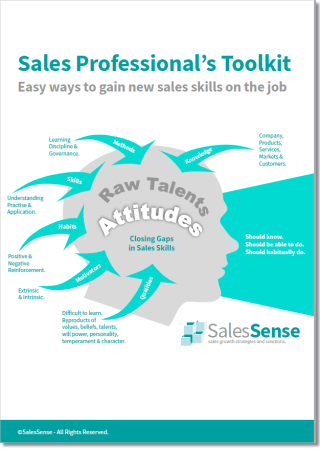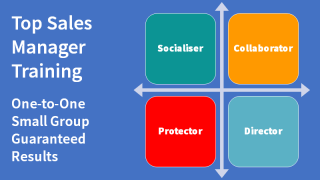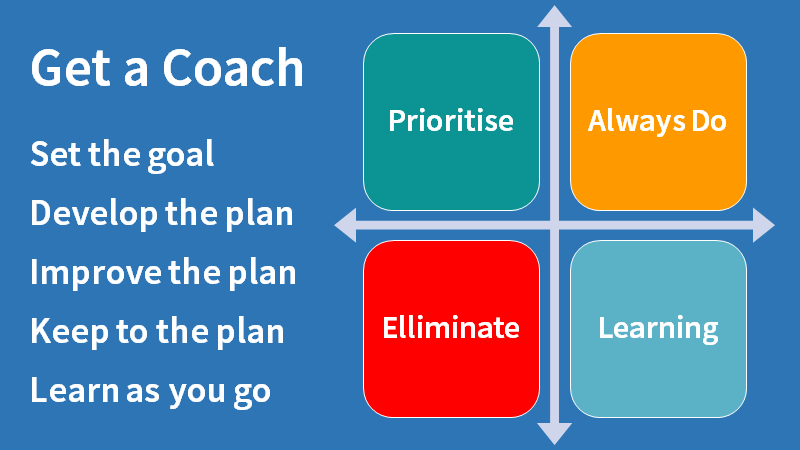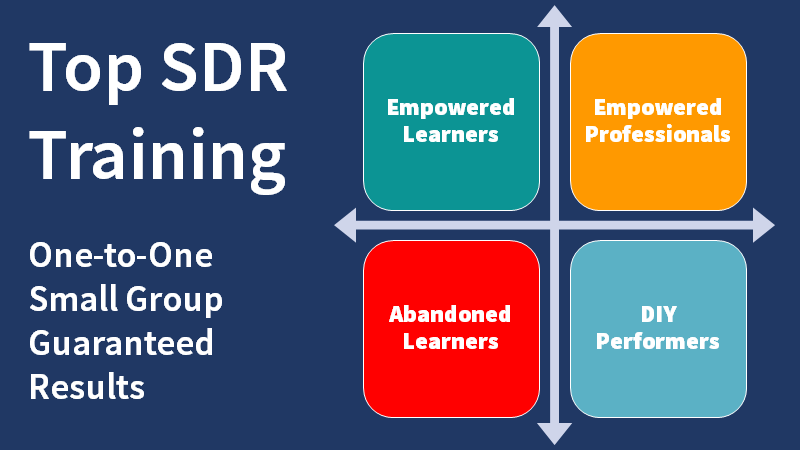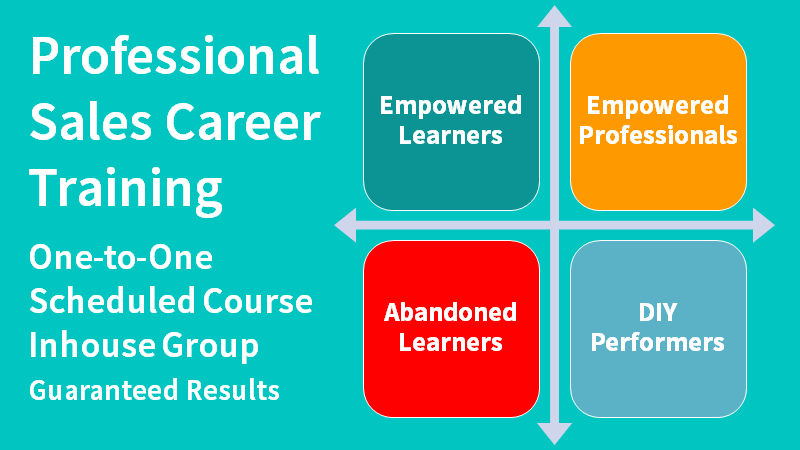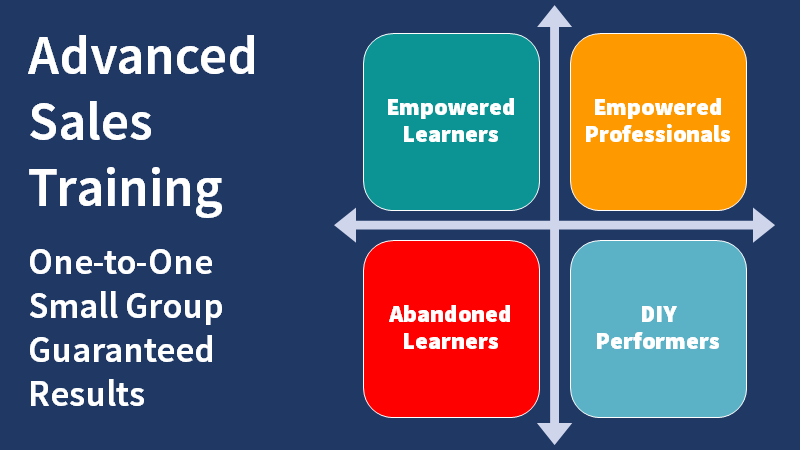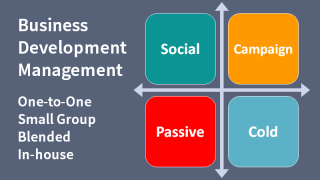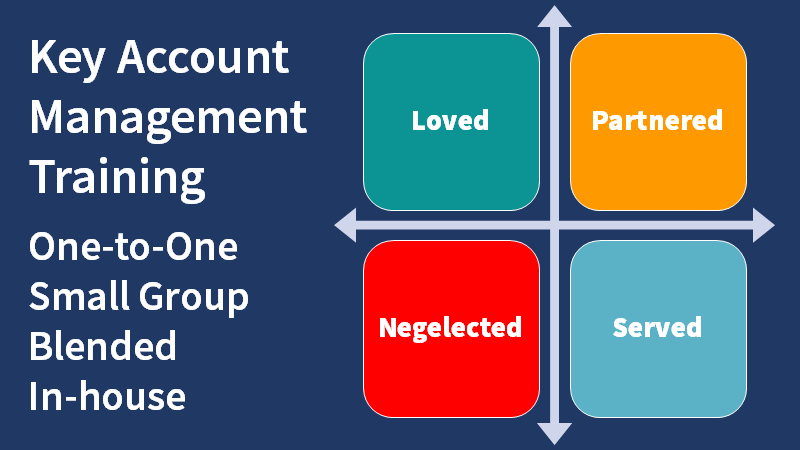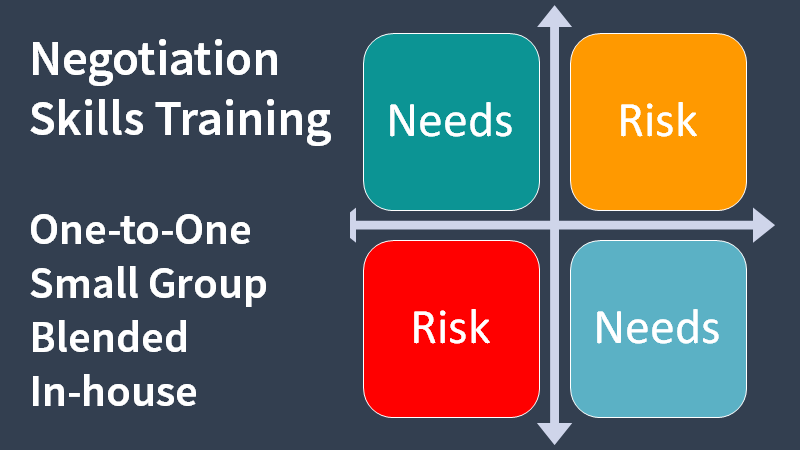Ask for customer referrals and introductions.

The best way to ask for customer referrals by far is during face-to-face conversations. It is especially effective if you do so after discussing the benefits the customer has experienced from what they bought from you. The second best way is to establish a customer referral program.
How to ask for customer referrals?
First, ask about the benefits obtained from buying what you sell. Use questions to stay in this conversation for a while.
When the time seems right, ask, "How do you get new business?"
Very often the answer is, 'referrals'.
Keep your customer talking.
Ask how they get referrals.
If they use a referral system, ask what it entails, and how it works.
If you listen well enough your customer will likely ask about your referral experiences.
Be, open and direct.
Say, "I was hoping that you would ask. Do you ever make referrals?"
This will probably prompt a qualified, 'yes'.
Ask about their suppliers. People are usually quite open to discussing suppliers and comfortable making referrals between them.
Say, "How many suppliers do you have?"
Followed by, "Who amongst your suppliers could benefit from what we do, the way you have?"
Priming in this way is much more productive than simply requesting referrals. If you ask a more general question such as, "Who do you know who could benefit from what we sell?" without first having them talk about the benefits of buying from you, the response may be unhelpful.
Something like, "I can't think of anyone right now, but if I do, I'll certainly let you know."
If you first have your customer think about how they have benefited from referrals and then have them think about a specific group of their contacts, you are much more likely to get a result.
Your question can be specifically about the value you offer, for example:
"Who amongst your suppliers needs to do what you have done?"
Repeat the process for other groups. Start with the easiest:
"Who amongst your sister/parent/group companies could benefit from this in the way you have?"
"Who in your trade organisation might get value from your approach?"
"Who amongst your business partners could learn from what you have done?"
"Who amongst your customers faces difficulties that you have overcome?"
Step-by-Step Guide for Setting up a Customer Referral Program
Referrals from satisfied customers can be one of the most effective ways to acquire new clients. A well-structured referral program can encourage your customers to spread the word about your products or services. Here’s a step-by-step guide to help you set up and manage an effective customer referral program:
Step 1: Define Your Objectives
For example:
Increase Customer Base: Aim to acquire new customers through customer referrals.
Enhance Customer Engagement: Strengthen relationships with existing customers by involving them in the referral process.
Boost Sales: Increase sales by leveraging the trust and credibility of your current customers.
Step 2: Design the Referral Program
Eligibility: Define who is eligible to participate in the referral program. Typically, all existing customers should be eligible.
Incentives: Decide on the incentives for both the referrer (current customer) and the referred customer. It can be powerful to provide an incentive that is passed through to the referred customer. Some programs work well when the incentive is only passed on to the referred customer. Potential incentives include discounts, gift cards, cash rewards, free products/services, and loyalty points. It's important to consider the implications and consult a few customers before setting incentives.
Referral Process: Ensure the referral process is easy to understand. Use online forms, referral links, or referral codes to track referrals.
Clear Guidelines: Provide clear instructions on how customers can refer others and how they can earn rewards.
Step 3: Develop Marketing and Communication Materials
Email Campaigns: Email customers to inform them about the referral program and how they can participate.
Social Media: Promote the referral program on social media channels to reach a broader audience.
Website: Create a website page to explain the referral program and provide a way for customers to submit referrals.
Step 4: Launch the Program
Test Phase: Start with a soft launch to a small group of loyal customers to gather feedback and make any necessary adjustments.
Wide Promotion: Once the program is tested, communicate it to your customer base with a promotional campaign.
Step 5: Encourage and Facilitate ReferralsReminders:
Send regular reminders about the referral program through email newsletters and social media posts.
Success Stories: Share success stories and testimonials from customers who have benefited from the referral program to motivate others.
Step 6: Track and Reward Referrals
CRM Integration: Use a CRM system or a dedicated referral tracking tool to monitor referrals and their outcomes.
Timely Rewards: Ensure that rewards are distributed promptly to maintain trust and satisfaction among customers.
Transparency: Keep customers informed about the status of their referrals and rewards.
Step 7: Maintain and Optimize the Program
Collect Feedback: Gather feedback from participants regularly to understand their experiences and identify any issues.
Metrics: Track key metrics such as the number of referrals, conversion rates, and the cost per acquisition.
Maintain and Improve: Regularly review and analyse referral data to assess the program’s performance and identify areas for improvement. Make necessary adjustments to the incentives, referral process, or promotional strategies based on performance data.
By following these steps, you can create a robust customer referral program that encourages your existing customers to refer new clients, driving growth and increasing customer loyalty. Ensure the process is simple, the incentives are attractive, and communication is clear to maximize the effectiveness of your referral program.
This is the ninth of 17 referral prospecting methods shared on this site. See the others here.
If you want to develop skills for getting introductions and referrals from strangers, we can help. Call +44 (0)1392 851500. Alternatively, use the contact form here or send an email to jimm@salessense.co.uk.


